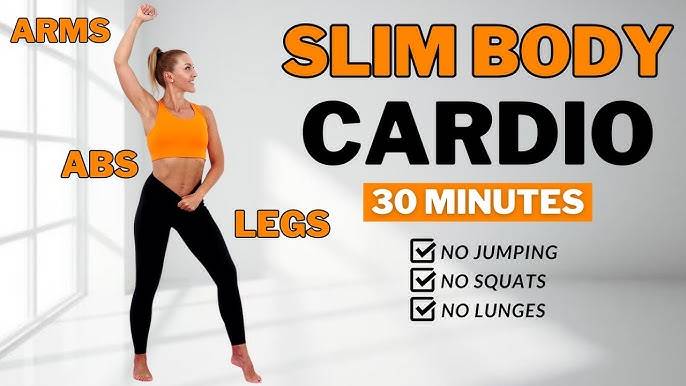

Stretching can be a great way to improve flexibility, prevent injuries, and improve overall physical performance. But if you haven't stretched before, it's important to start slowly and gradually increase the intensity and duration of your stretches. Here are some tips to help you get started:
1. Warm-up before stretching: Before you begin stretching, it's important to warm up your muscles to increase blood flow and prepare them for the stretching exercises. You can warm up by doing light cardiovascular exercises such as jogging in place, jumping jacks, or cycling for about 5-10 minutes.
2. Start with gentle stretches: Begin your stretching routine with simple stretches that target major muscle groups such as your calves, thighs, hips, and shoulders.
Choose static stretches, where you hold a stretch for 15-30 seconds, as they are easier to perform for beginners.
3. Gradually increase the intensity: Once you feel comfortable with the gentle stretches, you can gradually increase the intensity by increasing the duration or adding more challenging stretches. Remember to listen to your body and avoid pushing yourself too hard. If you experience pain or discomfort, ease off or modify the stretch.
4. Breathe deeply: Deep breathing is essential during stretching as it helps relax the muscles and improve the effectiveness of the stretch. Inhale deeply through your nose and exhale through your mouth as you stretch.
Relax your body and focus on your breath to achieve a better stretch.
5. Stretch all major muscle groups: It's important to stretch all major muscle groups in your body to maintain balanced flexibility. Include stretches for your neck, shoulders, back, chest, arms, wrists, hips, thighs, calves, and ankles in your routine. Hold each stretch for 15-30 seconds and repeat 2-3 times on each side.
6. Use proper form: Pay attention to your posture and form during stretches to avoid injury. Keep your spine aligned, relax your shoulders, and engage your core muscles. Avoid bouncing or jerky movements while stretching and make sure to stretch both sides of your body equally.
7. Be consistent: To see improvements in flexibility, it's important to stretch regularly. Aim to incorporate stretching exercises into your daily routine, either before or after your workout sessions. Consistency is key when it comes to stretching.
8. Seek guidance if needed: If you're unsure about the correct technique or if you have any specific physical concerns, it's always a good idea to seek guidance from a qualified professional, such as a physical therapist or a certified fitness trainer. They can provide personalized advice and ensure you're performing the stretches correctly.
Remember, stretching should never cause pain.
If you experience any sharp or intense pain during a stretch, stop immediately and consult a healthcare professional. So start slow, be patient, and enjoy the benefits of a regular stretching routine.

